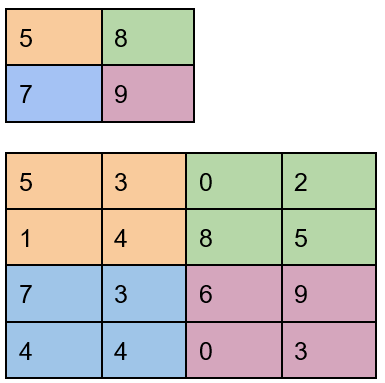Back to: Data Science Tutorials
Pooling vs Flattening in CNN
In this article, I am going to discuss Pooling vs Flattening in CNN. Please read our previous article where we discussed Max Pooling and ReLU Activations in CNN.
Pooling vs Flattening in CNN
We have been discussing the convolution layer previously. Additionally, the pooling layer and the flattening layer are additional layers that are distinct from the convolution layer. Let us discuss the first one first.
Merging is the action of pooling. Therefore, the main goal is to reduce the size of the data.
We only take the maximum value contained in the box on the left case when sliding a window. It is called “max pooling.” We can also take average values, as seen in the right image. This sort of pooling is “average pooling.” Additionally, similar to how we adjust the convolution layer, we may adjust the stride.

This feature map converted into the max pooling layer is –

This feature map converted into the max pooling layer is –

But isn’t this a loss of important data? Why are we shrinking it? At first glance, it could appear as though the information is being lost, but in reality, more “meaningful” information is being gained. We can decrease overfitting and accelerate the computation by removing some of the noise from the data and extracting only the significant ones.
Note – When our machine learning model tries to include all the data points – or more – that are present in the dataset, this is known as overfitting. As a result, the model begins to catch inaccurate values and noise from the dataset, which lowers the model’s efficiency and accuracy.
We have flattening and fully connected layers at CNN’s last step, so you’re almost there! Great. You are aware of why we are performing these, right? Image Classification. For classification between cats or dogs, or classification between objects.
Since we are creating a classification model, the processed data should be a useful input. It must have the shape of a linear vector with one dimension. Direct inputs cannot be of rectangular or cubical shape. And for this reason, we require layers that are totally connected and flat.
Data is flattened when it is made into a 1-dimensional array for input into the following layer. We flatten the convolutional layer output to produce a long and single-dimension feature vector. Additionally, it is linked to the last classification model, also known as a fully-connected layer. To put it another way, we connect the last layer to the single line containing all the pixel data. And this last layer is used for performing the classification.
In the next article, I am going to discuss the Dropout Layer in CNN. Here, in this article, I try to explain Pooling vs Flattening in CNN. I hope you enjoy this Pooling vs Flattening in CNN article. Please post your feedback, suggestions, and questions about this article.
Registration Open – Microservices with ASP.NET Core Web API
Session Time: 6:30 AM – 8:00 AM IST
Advance your career with our expert-led, hands-on live training program. Get complete course details, the syllabus, registration, and Zoom credentials for demo sessions via the links below.
